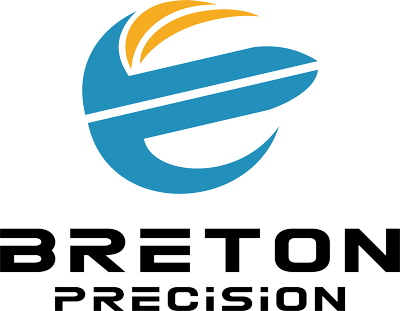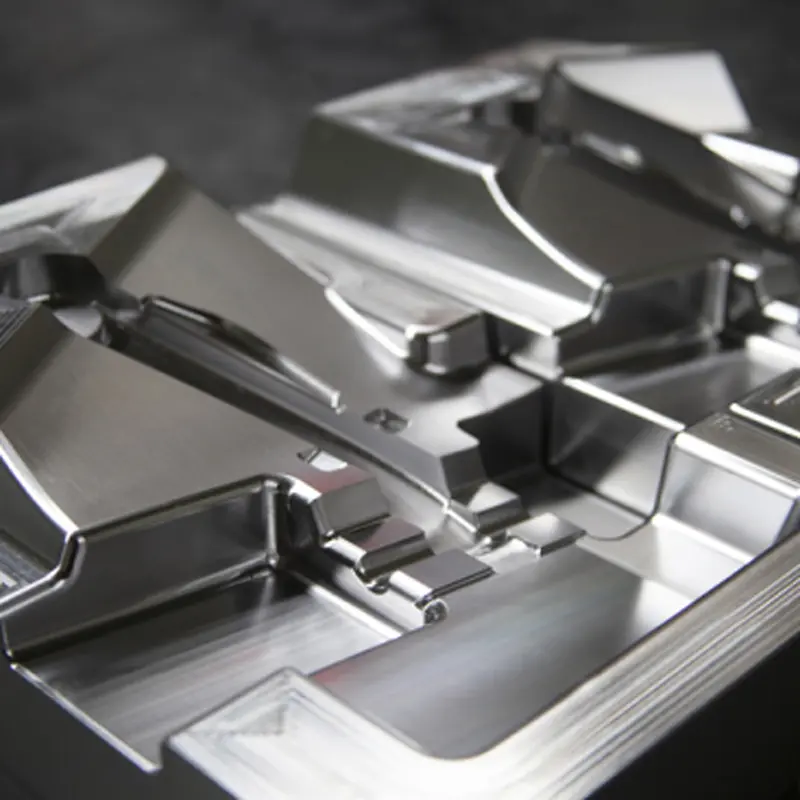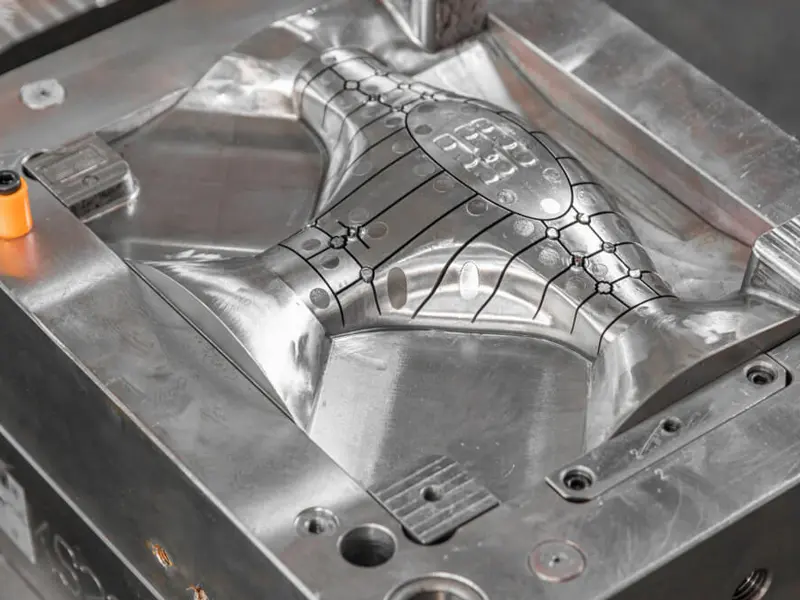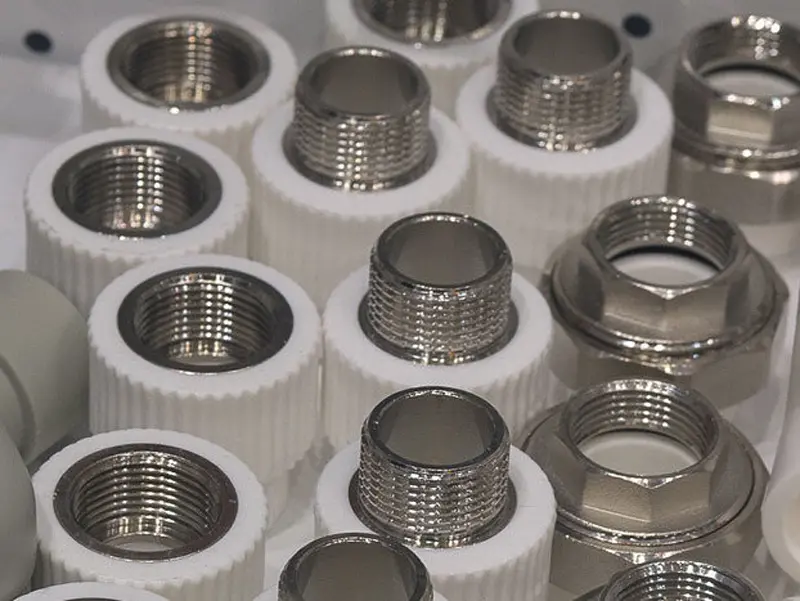what does slicing mean in 3d printing
In 3D printing, slicing refers to the process of converting a 3D digital model file into a series of horizontal layers (or "slices") that a 3D printer can understand and execute. This is a crucial step in the 3D printing workflow, as it prepares the instructions for the printer to build the object layer by layer.
Here's a more detailed explanation:
Digital Model to Layers: The slicing software (also known as a slicer) takes a 3D model file, typically in STL or OBJ format, and divides it into numerous horizontal layers based on a predetermined layer height (resolution). Each layer represents a cross-section of the model at that specific height.
G-Code Generation: The slicer calculates the material needed for each layer, the path the printer nozzle should take to deposit that material, and other print settings such as speed and temperature. It then compiles all this information into a G-code file, which is a numerical control (NC) programming language that contains all the instructions the 3D printer needs to execute the print job.
Importance of Slicing: Slicing enables 3D printers to build objects layer by layer, which is the essence of additive manufacturing technology. By stacking layers of material on top of each other, 3D printers can create objects with complex geometries that might be difficult or expensive to produce using traditional subtractive (e.g., milling, turning) or formative (e.g., forging, casting) manufacturing methods.
Customization: The slicing process also allows users to customize their prints by adjusting various parameters, such as layer height, infill pattern, and support structures. These adjustments can impact the print's quality, strength, and appearance, as well as its overall print time and material usage.
slicing in 3D printing means converting a 3D model into a series of 2D layers that the printer can then build up into a complete 3D object, layer by layer. This process is essential for the successful execution of 3D printing tasks and allows for a high degree of customization and control over the final product.
Related searches: Kinds Of 3d Printers Design Of 3d Printer Abs Material In 3d Printing







